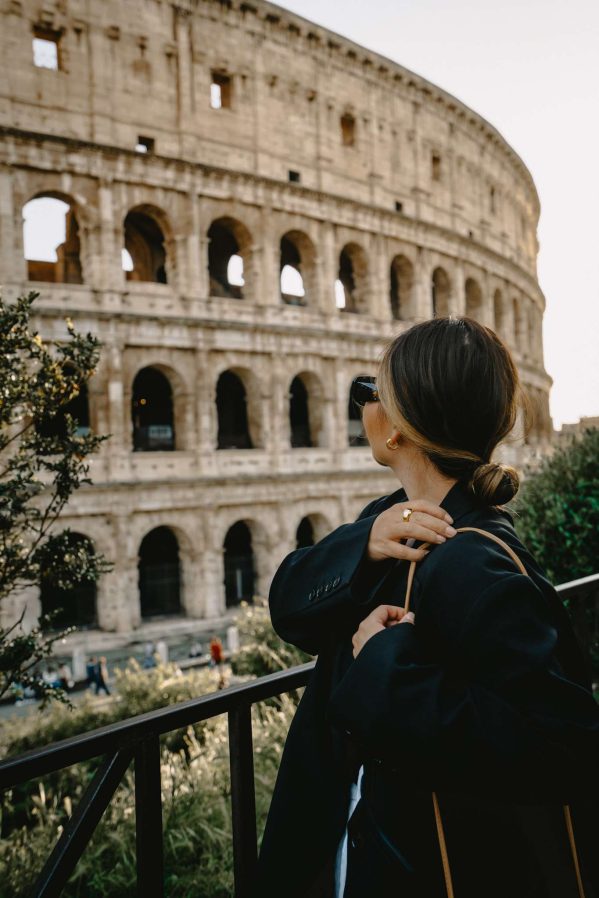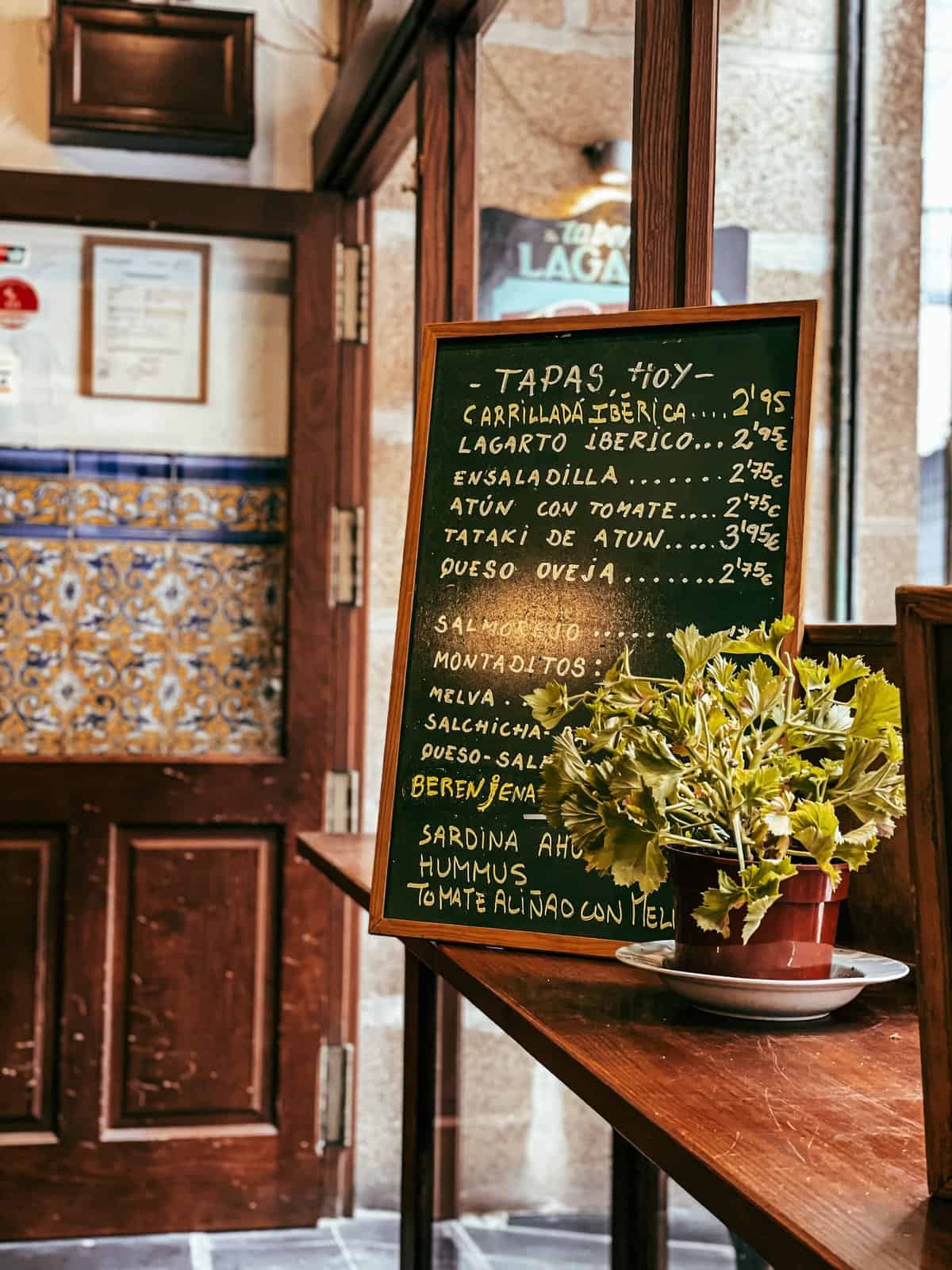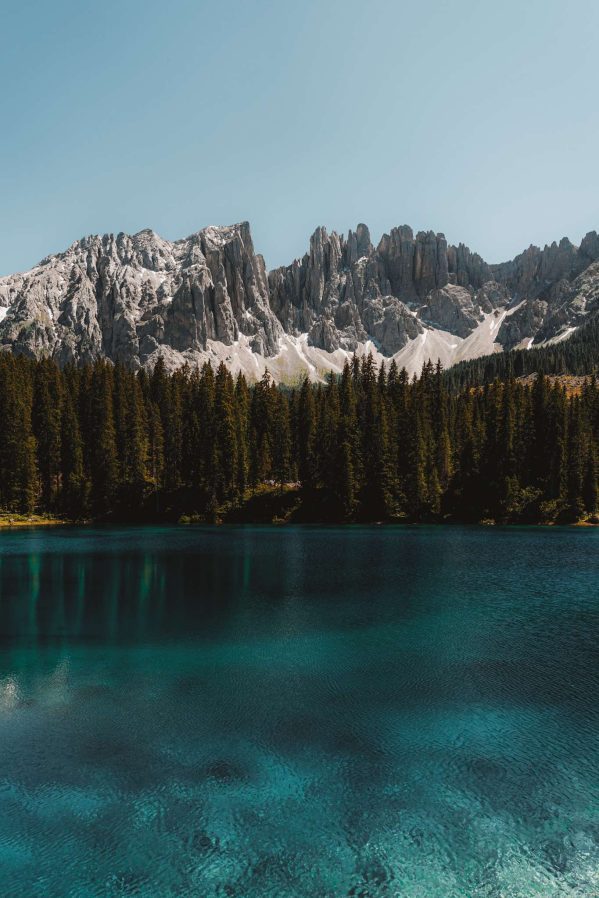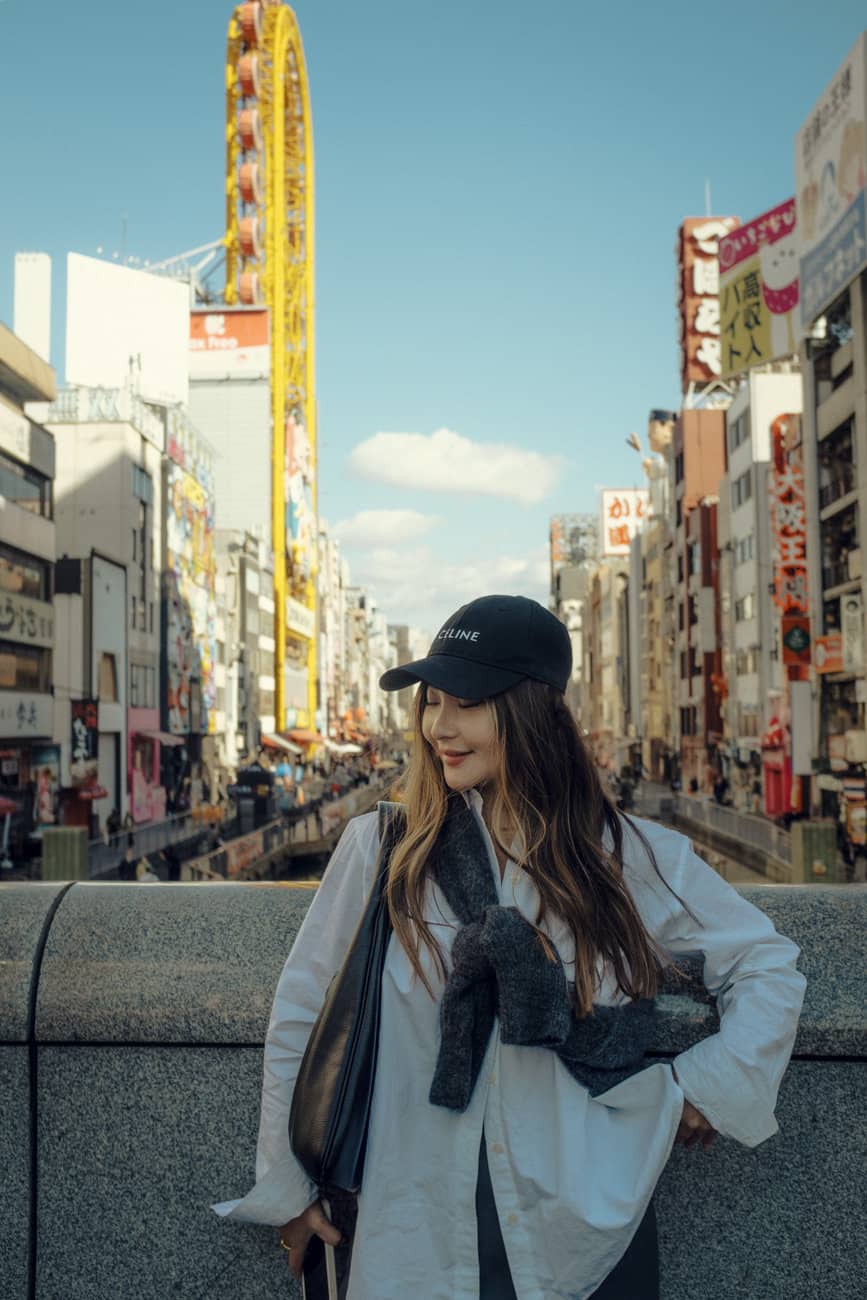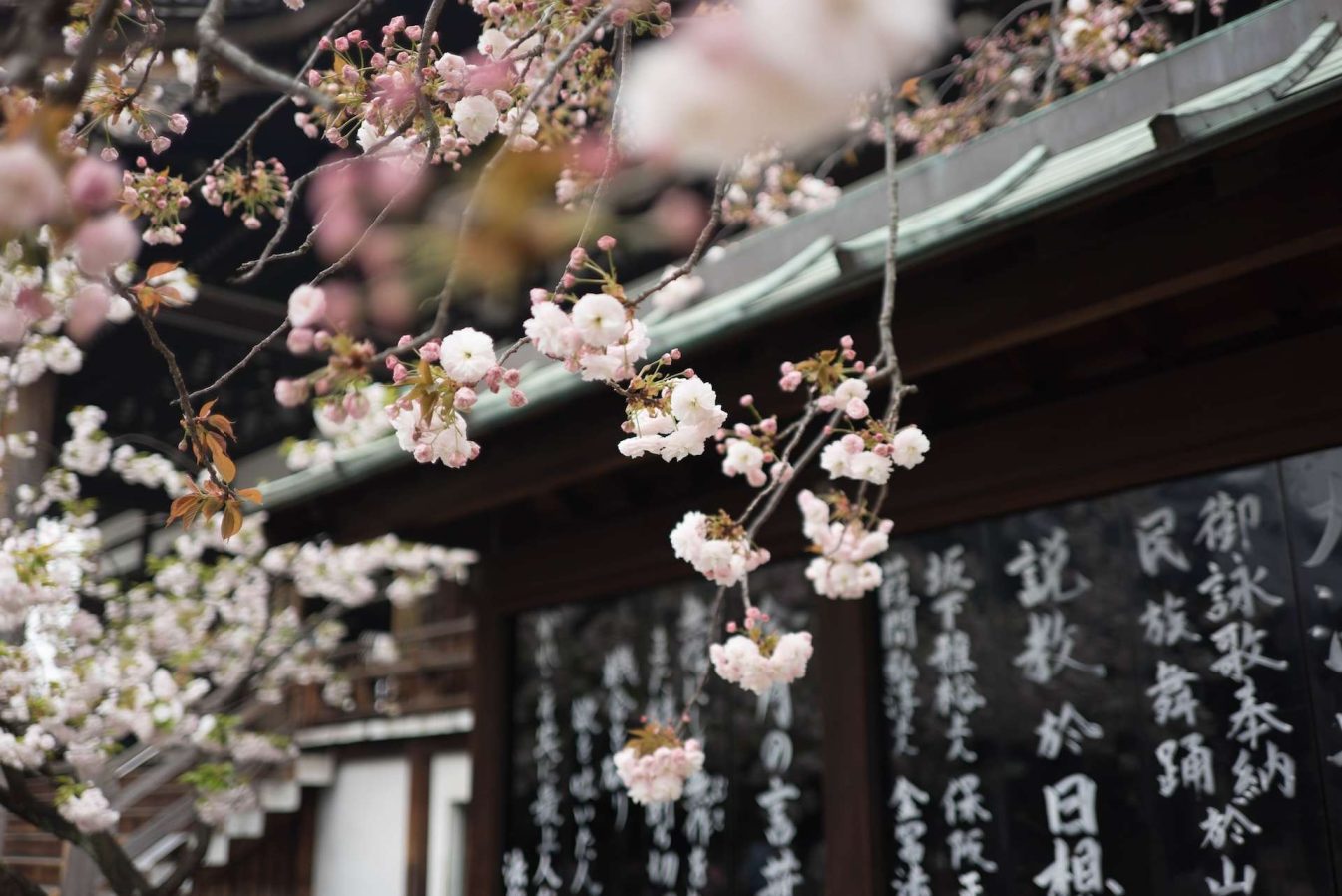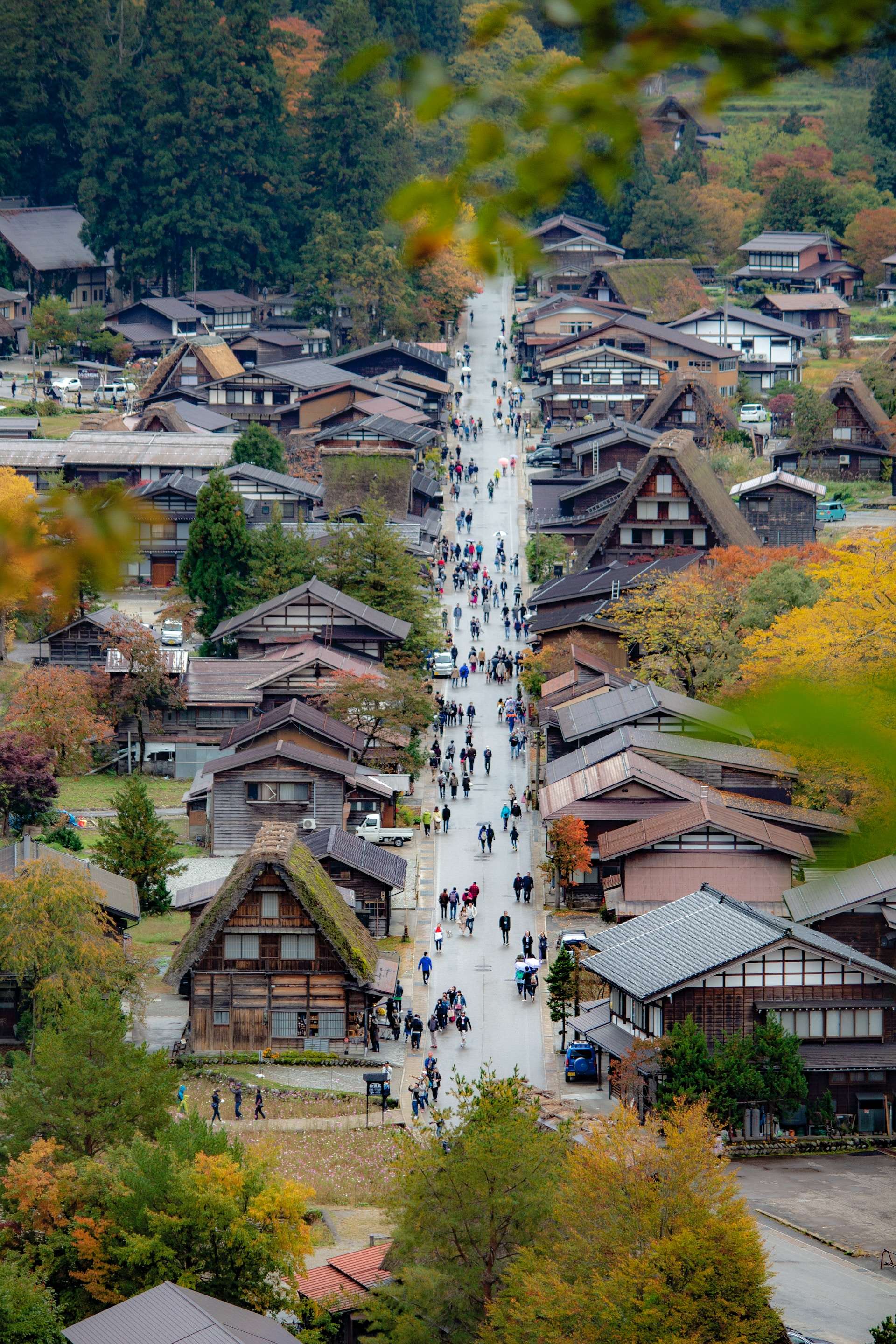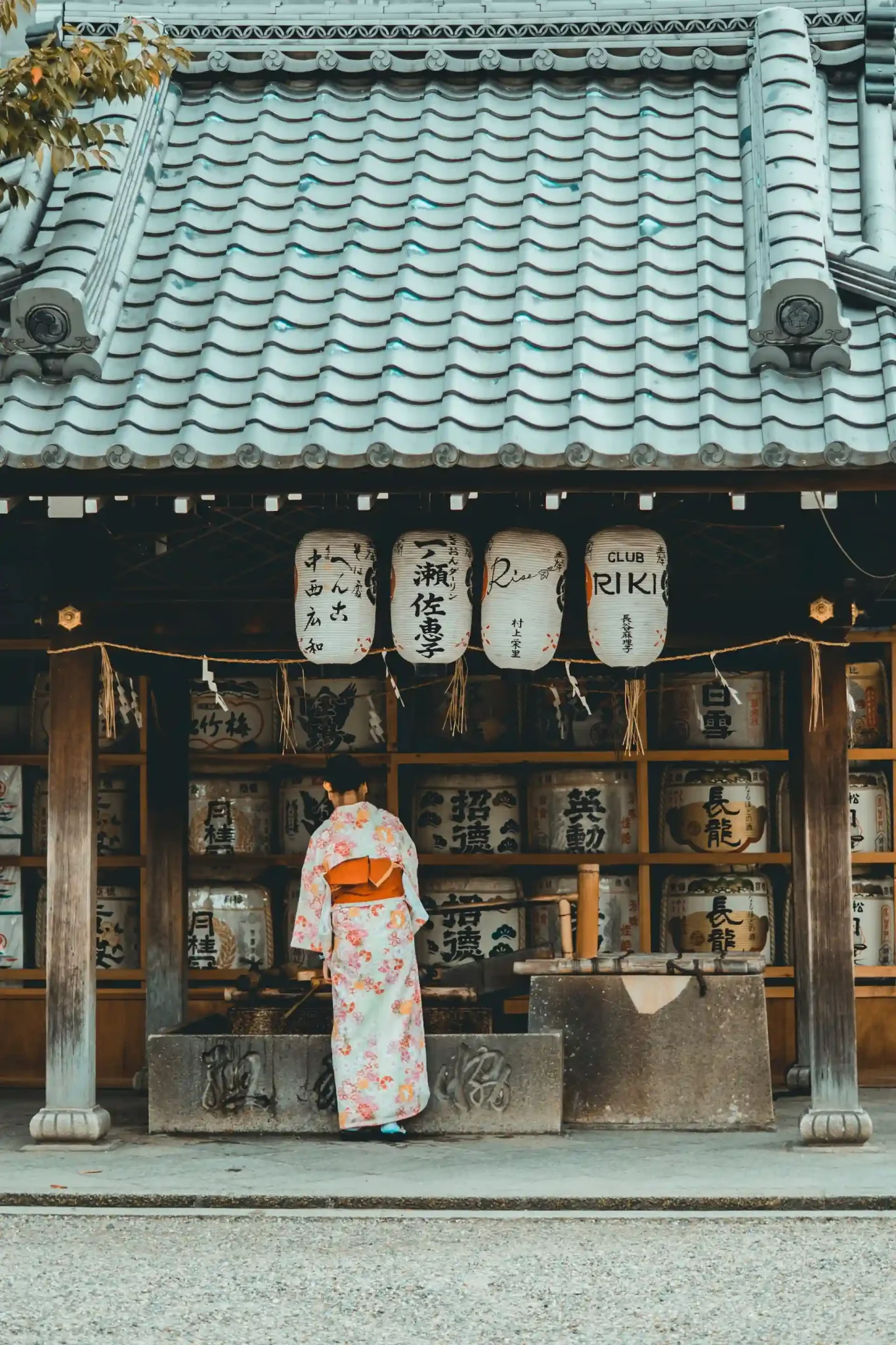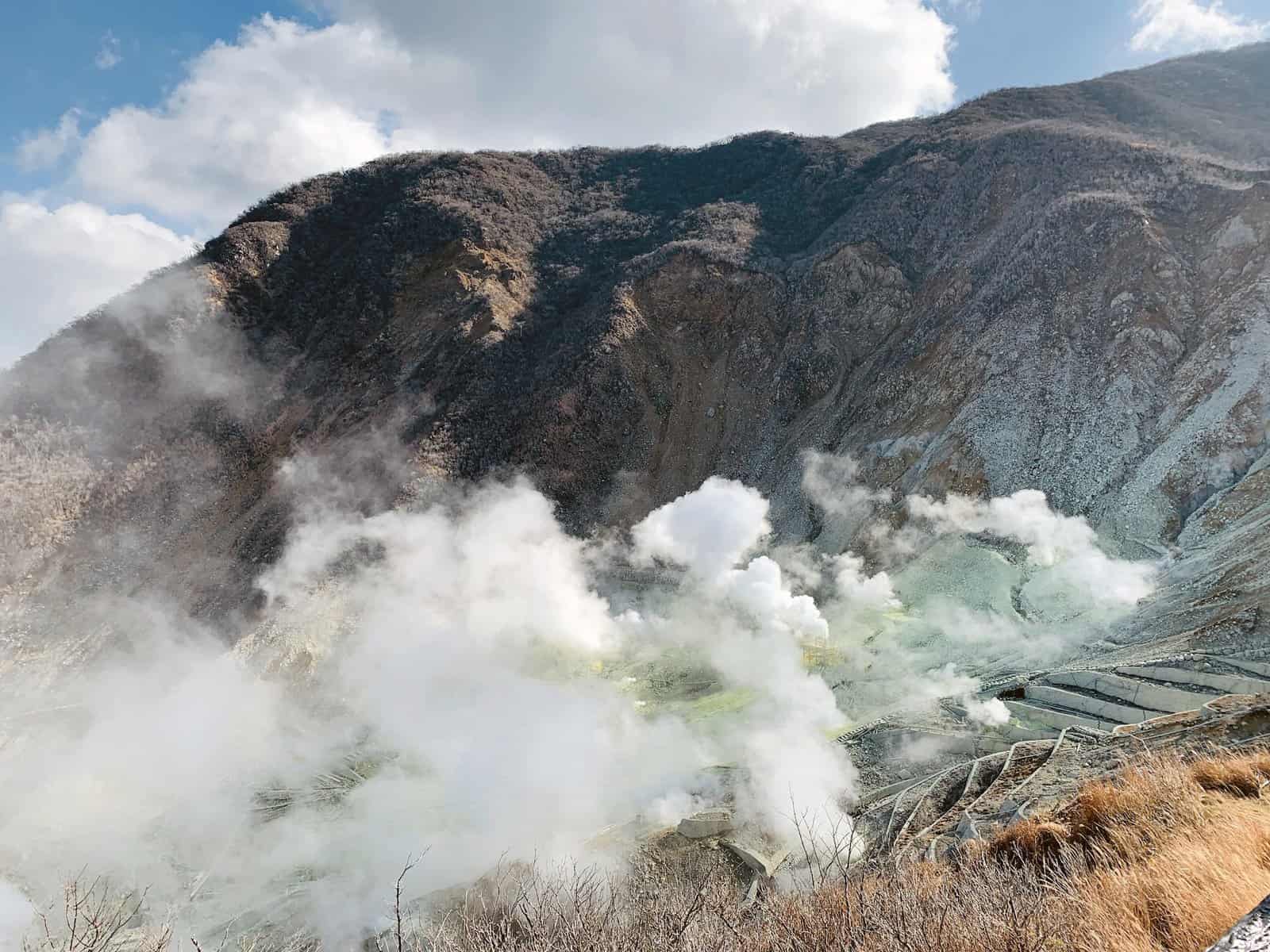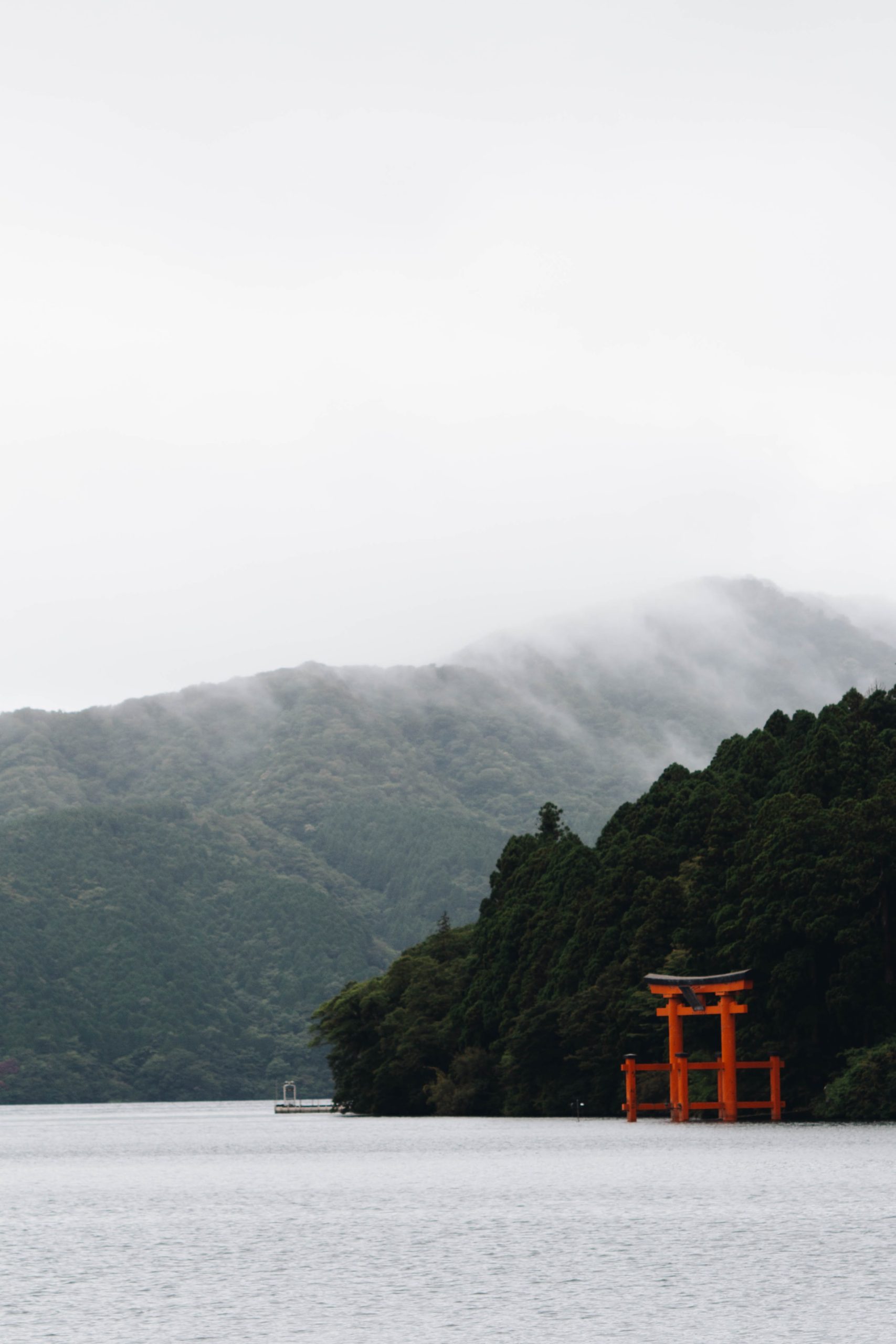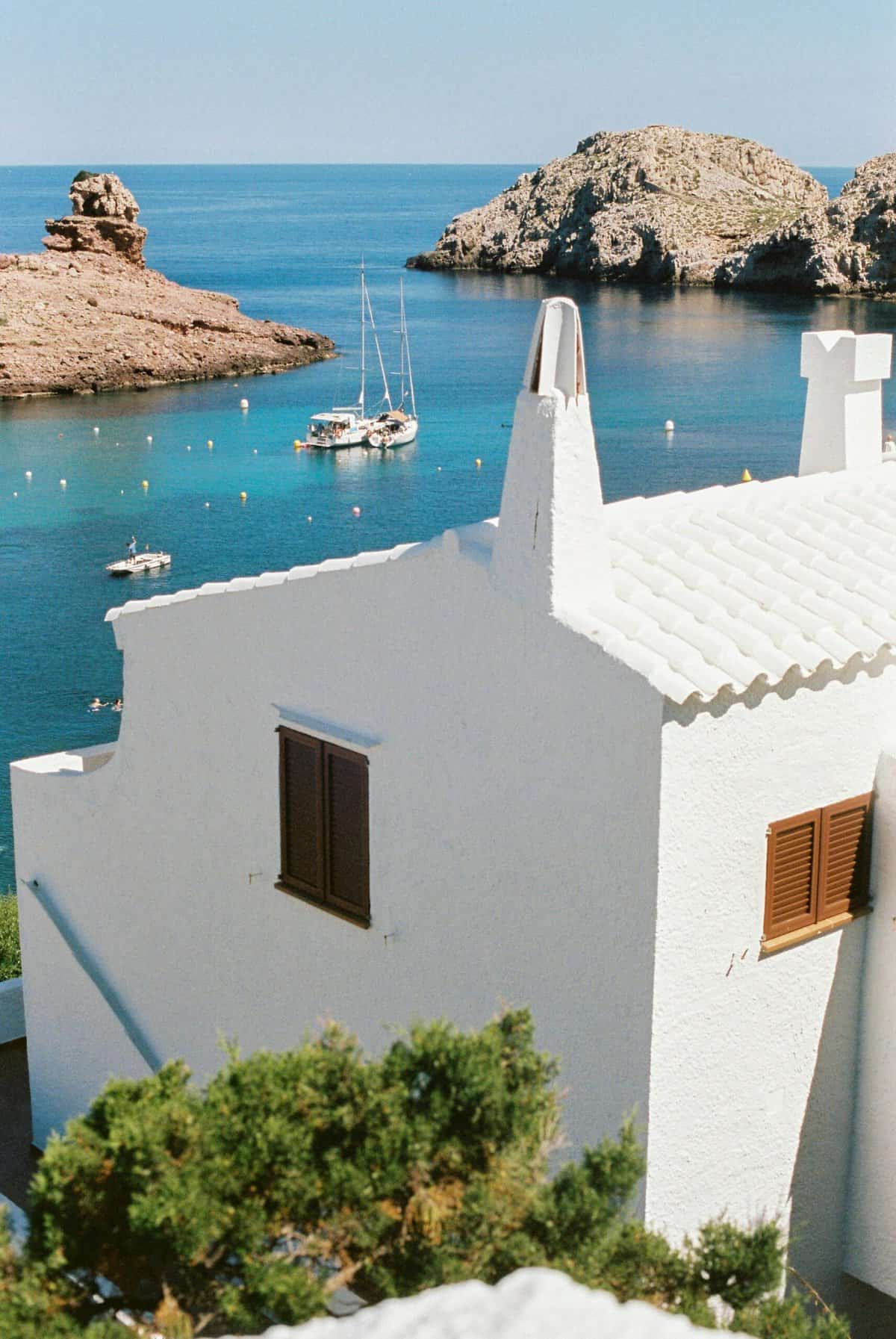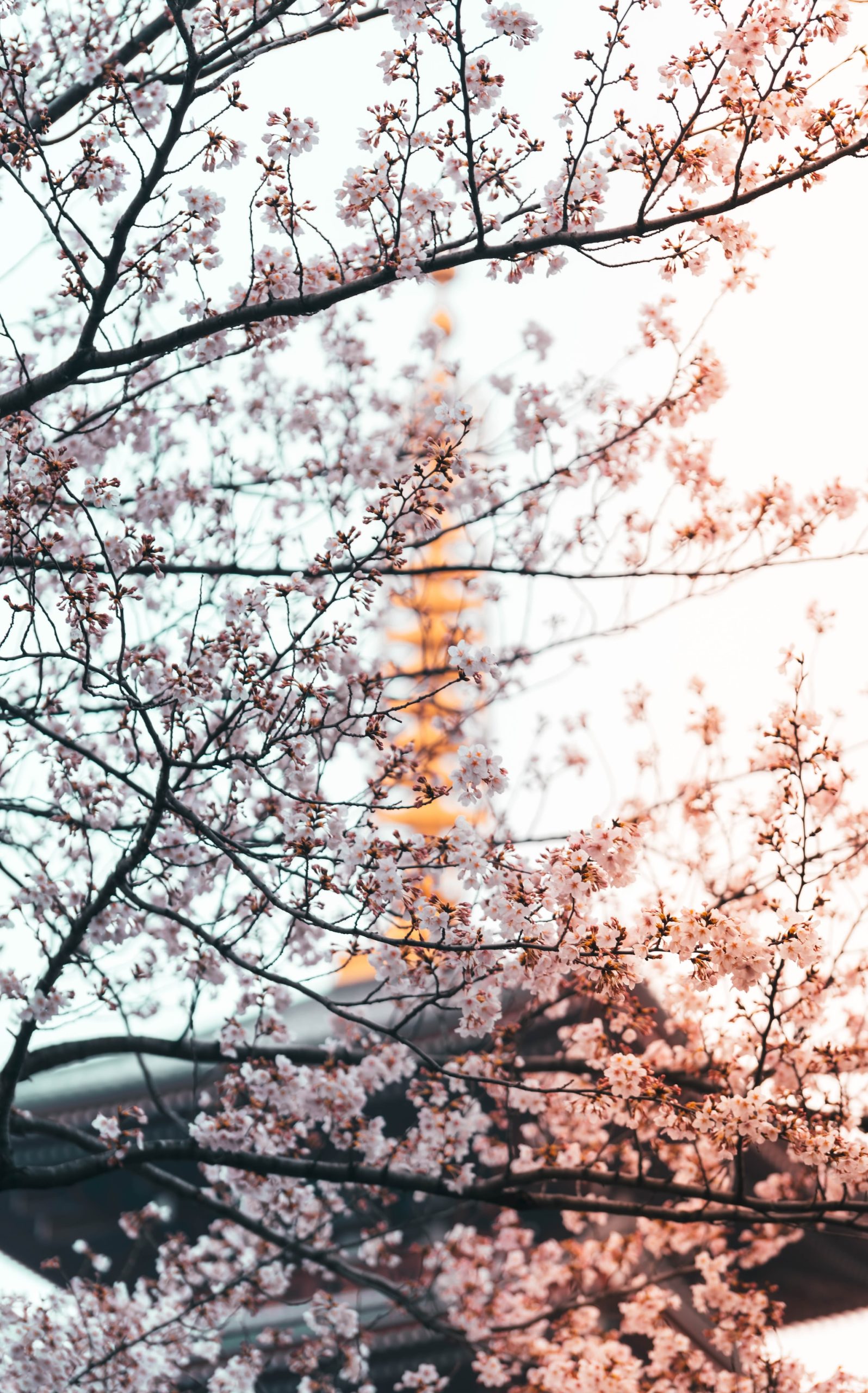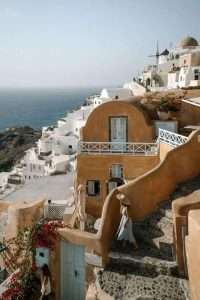15 Fascinating Mayan Gods and Goddesses You Need to Know About
The ancient Maya civilization had a complex pantheon of deities that played central roles in their culture, religion, and daily life. From powerful creator gods to fearsome gods of death, the Maya worshipped a wide array of gods and goddesses, each with their own unique attributes, powers, and significance.
In this comprehensive guide, I’ll talk about fascinating world of Mayan mythology, introducing you to 15 of the most important Mayan gods and goddesses. You’ll learn about their roles, symbols, and the incredible stories and legends associated with them. By the end, you’ll have a rich understanding of this integral aspect of ancient Maya culture. Let’s dive in!

15 Fascinating Mayan Gods and Goddesses You Need to Know About
No Time To Read it all now? Here are Quick Highlights
READY TO BOOK YOUR TRIP?
Best Travel Resources to plan your trip
more helpful travel resources
*This site contains product affiliate links, and I may get a commission, which costs you nothing extra. Thanks for your support
15 Key Names of Mayan Gods and Goddesses list
- Itzamna: The supreme creator god
- Kukulkan: The feathered serpent god of creation and wind
- Chaac: The rain god and protector of agriculture
- Kinich Ahau: The sun god and bringer of light
- Ix Chel: The moon goddess of fertility and medicine
- Ah Puch: The fearsome god of death and the underworld
- Ek Chuaj: The god of merchants, trade, and cacao
- Yum Kaax: The god of wild plants and animals
- Buluc Chabtan: The god of war, violence, and sacrifice
- Acan: The god of alcohol and intoxication
- Ah Muzen Cab: The god of bees and honey
- Camazotz: The bat god and harbinger of death
- Ixtab: The goddess of suicide and the gallows
- Hun Hunahpu: The maize god and father of the Hero Twins
- Xbalanque and Hunahpu: The Hero Twins who defeated the lords of the underworld

Ancient Mayan gods and goddesses : Maya Gods you need to know about
Kukulkan: The Feathered Serpent Maya Gods
Kukulkan, also known as the Feathered Serpent, was one of the most prominent Mayan gods. He was the god of creation, wind, and learning, and was closely associated with the planet Venus. The famous pyramid at Chichen Itza, El Castillo, was dedicated to Kukulkan.
Depictions and Symbols:
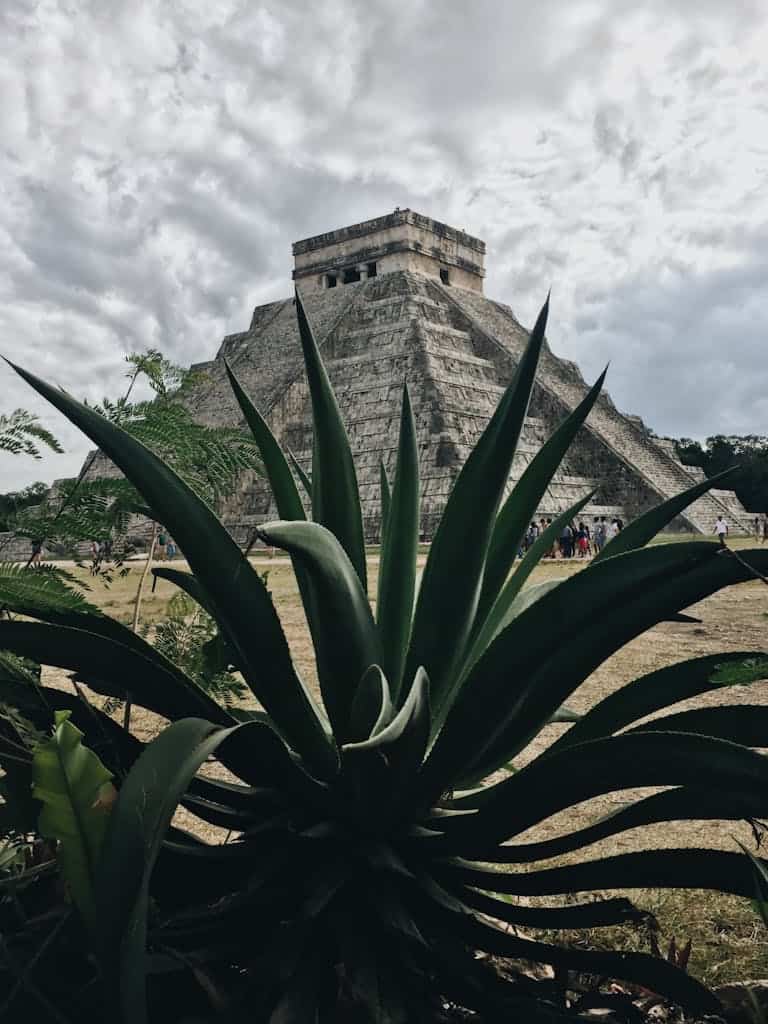
- Represented as a feathered serpent, often with a human head
- Associated with wind, clouds, and the sky
- Linked to the planet Venus and its movements
Significance and Legends:
- Credited with teaching the Maya about agriculture, mathematics, and the calendar
- Believed to have brought civilization and order to the world
- Worshipped during the spring and fall equinoxes at Chichen Itza, where a serpent-like shadow descends the pyramid
Mayan Gods Facts:
- Kinich Ahau was believed to be the husband of Ix Chel, the moon goddess, reflecting the complementary nature of the sun and moon.
- The Maya built special temples and observatories to track the movements of the sun, which were closely tied to Kinich Ahau’s worship.
- Kinich Ahau was sometimes depicted as a jaguar, an animal that the Maya associated with power, strength, and the sun.
Visiting Tip:
To witness the incredible phenomenon of the descending serpent shadow, plan your visit to Chichen Itza during the spring or fall equinox (around March 21 or September 22). Join a guided tour of the site to learn more about Kukulkan’s significance and the astronomical alignments of the pyramid.
Itzamna: The Supreme Creator God
Itzamna, whose name means “Iguana House,” was considered the most powerful and supreme deity in the Mayan pantheon. He was the god of creation, wisdom, writing, and the sky. The Maya believed that Itzamna created the world and everything in it, including humans, whom he formed from maize (corn).
Depictions and Symbols:
- Often portrayed as an old man with a large, curved nose and toothless mouth
- Associated with the sky, the sun, and the Milky Way
- Sometimes shown as a two-headed caiman or reptilian monster
Significance and Legends:
- Credited with inventing writing and the Mayan calendar system
- Believed to have taught humans essential skills like agriculture and medicine
- Played a key role in the creation story, forming the world from the primordial sea

Mayan Gods Facts:
- Itzamna was often depicted with a serpent body, symbolizing his role as a creator deity.
- Some Mayan texts refer to Itzamna as the “Grandfather of the Sun,” highlighting his primacy among the gods.
- Itzamna was believed to reside in the sky, and his movements were associated with celestial phenomena like the Milky Way.
Visiting Tip: One of the best places to see representations of Itzamna is at the ancient city of Izamal in Yucatan, Mexico. The city was a major center of Itzamna worship, and you can still see remnants of the massive pyramid complex dedicated to him. Take a guided tour to learn more about Itzamna’s significance and see the impressive ruins up close.
gods and goddesses of the mayans
Chaac: Mayan God of The Rain
Chaac was the Mayan god of rain, lightning, and agriculture. As a society heavily dependent on agriculture, the Maya considered Chaac one of the most important deities. They believed that Chaac controlled the rain, and they performed rituals and made offerings to him to ensure bountiful harvests.
Depictions and Symbols:
- Often portrayed with a long, curling nose and holding an axe or serpent
- Associated with rain, lightning, and thunderstorms
- Sometimes shown with scales or reptilian features
Significance and Legends:
- Believed to strike the clouds with his lightning axe to create thunder and rain
- Invoked in rituals and ceremonies to bring rain for crops
- Worshipped at sacred cenotes (natural sinkholes) where offerings were made

Mayan Gods Facts:
- Chaac was often depicted with four aspects, each associated with a cardinal direction and a different color (red, white, black, and yellow).
- The Maya performed elaborate rain-making ceremonies, including human sacrifice, to appease Chaac during times of drought.
- Chaac’s importance is evident in the numerous depictions of him found at Mayan sites throughout the Yucatan Peninsula, including Chichen Itza, Uxmal, and Tulum.
Visiting Tip: When exploring the Mayan ruins of the Yucatan, keep an eye out for the distinctive mask of Chaac, with its curling nose and reptilian features. Some of the best places to spot Chaac imagery include the Palace of the Masks at Kabah, the Governor’s Palace at Uxmal, and the Temple of Chaac at Tulum. Join a guided tour to learn more about the significance of this important rain god.
Tip: When visiting Mayan ruins like Chichen Itza or Uxmal, keep an eye out for depictions of Chaac. You’ll often find his distinctive face carved into buildings and monuments.
Kinich Ahau: Maya God of The Sun ” mayan sun god “
Kinich Ahau was the Mayan sun god, associated with light, warmth, and the daytime sky. The Maya believed that Kinich Ahau traveled across the sky each day in a fiery canoe, providing light and warmth to the world.

Depictions and Symbols:
- Often portrayed as a young man with a large, square nose and crossed eyes
- Associated with the sun, light, and fire
- Sometimes shown with jaguar features or wearing a jaguar pelt
Significance and Legends:
- Believed to be the patron of music, poetry, and the arts
- Worshipped in daily rituals to ensure the sun’s journey across the sky
- Played a role in the Mayan creation story, emerging from the underworld to bring light to the world
Mayan sun God Facts:
- Kinich Ahau was believed to be the husband of Ix Chel, the moon goddess, reflecting the complementary nature of the sun and moon.
- The Maya built special temples and observatories to track the movements of the sun, which were closely tied to Kinich Ahau’s worship.
- Kinich Ahau was sometimes depicted as a jaguar, an animal that the Maya associated with power, strength, and the sun.
Visiting Tip: One of the best places to learn about Kinich Ahau and Mayan astronomy is at the Great Ball Court at Chichen Itza. This massive structure was aligned with the rising and setting points of the sun during the equinoxes and solstices, and it was a site of ritual ball games that had cosmic significance. Take a guided tour of Chichen Itza to learn more about the connection between the sun god, the ball game, and Mayan cosmology.
What Gods did the Mayans Worship
Ix Chel: Mayan Goddess The Moon Goddess
Ix Chel, whose name means “Lady Rainbow,” was the Mayan moon goddess. She was associated with fertility, childbirth, weaving, and medicine. Ix Chel was one of the most important goddesses in the Mayan pantheon, and her worship was widespread throughout the Yucatan Peninsula.

Depictions and Symbols:
- Often portrayed as a young woman holding a rabbit (a symbol of fertility and the moon)
- Associated with water, rain, and the moon
- Sometimes shown as an old woman pouring water from a jug
Significance and Legends:
- Believed to control the menstrual cycle and childbirth
- Invoked in healing rituals and ceremonies
- Worshipped at coastal shrines, where offerings were made for safe journeys and successful pregnancies
Mayan Gods Facts:
- Ix Chel was sometimes depicted as a jaguar goddess, linking her to the powerful feline associated with the moon and night.
- The Maya believed that Ix Chel invented weaving and taught the skill to women, making her a patron deity of weavers and textile artists.
- Ix Chel’s dual aspects as a young and old woman reflect the changing phases of the moon and the cycle of life.
Tip: If you’re visiting Isla Mujeres off the coast of Cancun, be sure to check out the Temple of Ix Chel. This small ruin was once a shrine dedicated to the moon goddess.
Visiting Tip: The island of Cozumel, off the coast of the Yucatan Peninsula, was a major center of Ix Chel worship in ancient times. The Maya considered it a sacred place and made pilgrimages there to visit her shrines and temples. Today, you can visit the San Gervasio Archaeological Site on Cozumel to see the ruins of a temple dedicated to Ix Chel and learn more about her importance to the Maya. Take a guided tour of the island to explore its rich history and natural beauty.
Mayan Gods Facts:
- Ix Chel was sometimes depicted as a jaguar goddess, linking her to the powerful feline associated with the moon and night.
- The Maya believed that Ix Chel invented weaving and taught the skill to women, making her a patron deity of weavers and textile artists.
- Ix Chel’s dual aspects as a young and old woman reflect the changing phases of the moon and the cycle of life.
Ah Puch: The Mayan God of Death
Ah Puch, also known as Hunhau or Yum Cimil, was the Mayan god of death and the ruler of Metnal, the underworld. He was one of the most feared deities in the Mayan pantheon, associated with decay, disease, and human sacrifice.

Depictions and Symbols:
- Often portrayed as a skeletal figure with protruding ribs and a skull-like head
- Associated with owls, bats, and other creatures of the night
- Sometimes shown wearing bells or carrying a calabash flask
Significance and Legends:
- Believed to rule over the ninth and lowest level of the Mayan underworld
- Received sacrificial offerings of blood and human hearts
- Played a central role in the Mayan story of Xibalba, the “place of fear”
Mayan Gods Facts:
- Ah Puch was believed to cause sickness and death, and the Maya would invoke him in curses against their enemies.
- The owl, a creature associated with Ah Puch, was considered a harbinger of death and misfortune in Mayan beliefs.
- Ah Puch’s role as the lord of the underworld made him a key figure in Mayan funerary rites and beliefs about the afterlife.
Visiting Tip: While representations of Ah Puch are not as common in Mayan art as some other deities, you can still find references to the god of death at some Mayan sites. One notable example is the Temple of the Owls at Chichen Itza, which features a carving of an owl, a symbol of Ah Puch and death. Join a guided tour of Chichen Itza to learn more about the significance of this temple and its connection to the underworld and the afterlife.
Ek Chuaj: The God of Merchants and Cacao
Ek Chuaj was the Mayan god of merchants, trade, and cacao. Cacao was a valuable commodity in Mayan society, used as currency and in sacred rituals. Merchants would often pray to Ek Chuaj for safe journeys and successful trades.
Depictions and Symbols:
- Often portrayed as a black figure with a large brimmed hat and a bundle on his back
- Associated with cacao, trade routes, and marketplaces
- Sometimes shown carrying a spear or staff
Significance and Legends:
- Believed to protect merchants during their travels and ensure fair dealings
- Worshipped in ceremonies involving cacao offerings and ritual consumption
- Played a role in the Mayan creation story, helping to establish trade among the gods
Mayan Gods Facts:
- Ek Chuaj’s association with cacao reflects the importance of this commodity in Mayan society, where it was used as currency, medicine, and in religious ceremonies.
- Merchants would often carry small figurines of Ek Chuaj during their travels, believing that the god would protect them and ensure profitable trades.
- The Maya believed that Ek Chuaj had a darker aspect as a god of war, reflecting the potential dangers and conflicts associated with long-distance trade.
Visiting Tip: Cacao played a central role in Mayan society, and you can learn more about its importance and connection to Ek Chuaj at the Cacao Museum in Uxmal. This interactive museum offers exhibits on the history and cultivation of cacao, as well as the opportunity to taste traditional Mayan cacao drinks. Combine your visit with a guided tour of the nearby Uxmal ruins to see the stunning Puuc-style architecture and learn more about Mayan culture and religion.
Yum Kaax: Mayan God of Nature
Yum Kaax, whose name means “Lord of the Forest,” was the Mayan god of wild plants, animals, and the wilderness. He was associated with the natural world, agriculture, and the bounty of the earth.

Depictions and Symbols:
- Often portrayed as a young man adorned with leaves, flowers, and vines
- Associated with maize, squash, and other important crops
- Sometimes shown with attributes of the Mayan Maize God
Significance and Legends:
- Believed to protect the forest and its inhabitants
- Invoked in agricultural rituals to ensure healthy crops and abundant harvests
- Played a role in the Mayan story of the Hero Twins, helping them to defeat the Lords of Xibalba
Mayan Gods Facts:
- Yum Kaax was closely associated with the Mayan Maize God, a deity who embodied the life-giving power of maize, the staple crop of Mayan civilization.
- The Maya believed that Yum Kaax provided the game animals that they hunted for food, and they would offer him sacrifices to ensure success in the hunt.
- Yum Kaax’s role as a protector of the wilderness reflects the Maya’s deep respect for and dependence on the natural world.
Visiting Tip: The Mayan city of Palenque, located in the lush jungle of Chiapas, Mexico, is a great place to learn about Yum Kaax and the Mayan relationship with nature. The city’s stunning architecture and intricate carvings are surrounded by the dense forest, giving visitors a sense of the close connection between the built and natural worlds in Mayan culture. Take a guided tour of Palenque to explore its temples, palaces, and plazas, and learn more about the role of nature and agriculture in Mayan religion and daily life.
Buluc Chabtan Mayan God of War and Sacrifice
Buluc Chabtan was the Mayan god of war, violence, and human sacrifice. He was a feared deity, associated with sudden death and bloodshed. The Maya believed that Buluc Chabtan required regular offerings of human blood and hearts to maintain his favor.
Depictions and Symbols:
- Often portrayed as a fierce warrior with black markings around his eyes and mouth
- Associated with weapons, shields, and trophies of war
- Sometimes shown holding a spear or atlatl (spear-thrower)
Significance and Legends:
- Believed to preside over warfare, battlefield victories, and the capture of prisoners
- Received sacrificial offerings before and after battles
- Played a role in the Mayan ball game, which sometimes involved human sacrifice
Mayan Gods Facts:
- Buluc Chabtan was one of several Mayan deities associated with war and sacrifice, reflecting the central role of these practices in Mayan society.
- The Maya believed that human sacrifice was necessary to appease the gods and ensure the continuation of the cosmos, with Buluc Chabtan being a key recipient of these offerings.
- Buluc Chabtan was often invoked in rituals related to the Mayan ball game, a sacred and politically charged event that could involve the sacrifice of the losing team.
Visiting Tip: The Great Ball Court at Chichen Itza is one of the best places to learn about the connection between the Mayan ball game, human sacrifice, and deities like Buluc Chabtan. This massive structure, measuring over 500 feet long and 200 feet wide, was the site of ritual ball games that had deep religious and political significance. Take a guided tour of Chichen Itza to explore the ball court and learn more about the role of sacrifice and warfare in Mayan society.
Acan Maya God of Alcohol
Acan was the Mayan god of alcohol, intoxication, and excess. He was associated with the balché tree, from which the Maya brewed a potent, ritual drink. Acan was often invoked in ceremonies involving alcohol consumption and ritual intoxication.
Depictions and Symbols:
- Often portrayed as a smiling, rotund figure with a swollen belly
- Associated with drinking vessels, gourds, and the balché tree
- Sometimes shown wearing a headdress adorned with fruit
Significance and Legends:
- Believed to preside over the production and consumption of alcoholic beverages
- Invoked in rituals involving the balché drink, which was used to induce visions and trances
- Played a role in Mayan celebrations and feasts, where alcohol was consumed in abundance
Mayan Gods Facts:
- The balché drink, associated with Acan, was made from the bark of the balché tree and fermented honey, and was consumed in ritual contexts to induce altered states of consciousness.
- Acan’s role as a god of excess and intoxication reflects the Mayan belief in the sacred nature of certain substances and the importance of ritual consumption.
- Despite his association with drunkenness, Acan was also seen as a patron of medicine and healing, with some Mayan healers invoking his name in their practices.
Visiting Tip: While there aren’t any specific archaeological sites dedicated to Acan, you can learn more about the role of ritual drinks and intoxication in Mayan society at the Cacao Museum in Uxmal. The museum features exhibits on the production and use of cacao and balché, as well as the religious and social significance of these substances. Combine your visit with a guided tour of the nearby Uxmal ruins to gain a deeper understanding of Mayan culture and religion.
Ah Muzen Cab: The God of Bees and Honey
Ah Muzen Cab was the Mayan god of bees, honey, and beekeeping. Honey was an important commodity in Mayan society, used as a sweetener, medicine, and offering to the gods. Beekeepers would pray to Ah Muzen Cab for the health and productivity of their hives.
Depictions and Symbols:
- Often portrayed as a human figure with bee-like features, such as wings or antennae
- Associated with bees, honeycombs, and beekeeping tools
- Sometimes shown holding a honeycomb or a pot of honey
Significance and Legends:
- Believed to protect bees and ensure the production of honey
- Invoked in rituals involving honey offerings and the placement of new hives
- Played a role in Mayan medicine, as honey was used to treat various ailments
Mayan Gods Facts:
- The Maya were skilled beekeepers, with honey playing a central role in their diet, medicine, and religious practices.
- Ah Muzen Cab’s importance is reflected in the numerous depictions of bees and honey in Mayan art and iconography.
- The Maya believed that Ah Muzen Cab had the power to control the behavior of bees, and they would perform rituals to appease him and ensure the success of their hives.
Visiting Tip: While there are no specific archaeological sites dedicated to Ah Muzen Cab, you can learn more about the importance of bees and honey in Mayan society at the Museo de la Miel (Honey Museum) in Cobá. This small museum offers exhibits on traditional Mayan beekeeping practices and the role of honey in Mayan culture and religion. Combine your visit with a guided tour of the nearby Cobá ruins, where you can explore the ancient city’s temples, pyramids, and stelae and gain a deeper understanding of Mayan civilization.

Camazotz: The Bat God of the Underworld
Camazotz was a fearsome bat god in Mayan mythology, associated with death, darkness, and sacrifice. He was one of the inhabitants of Xibalba, the Mayan underworld, and was known for his terrifying appearance and bloodthirsty nature.
Depictions and Symbols:
- Often portrayed as a humanoid figure with the head and wings of a bat
- Associated with caves, darkness, and the underworld
- Sometimes shown holding a sacrificial knife or a severed head
Significance and Legends:
- Believed to dwell in the “House of Bats,” one of the deadly chambers of Xibalba
- Played a central role in the story of the Hero Twins, where he decapitated one of the twins
- Associated with human sacrifice, particularly the decapitation of victims
Mayan Gods Facts:
- The name Camazotz means “death bat” in the K’iche’ Mayan language, reflecting his fearsome nature and association with death.
- Camazotz was one of the many dangers and obstacles that the Hero Twins had to overcome in their journey through the underworld.
- The Maya associated bats with the underworld and with the transition between life and death, making Camazotz a powerful and feared deity.
Visiting Tip: While there are no specific archaeological sites dedicated to Camazotz, you can learn more about the Mayan underworld and the role of bat symbolism at the Museo del Mundo Maya (Museum of the Mayan World) in Mérida, Mexico. This modern museum features exhibits on Mayan cosmology, religion, and funerary practices, including references to Camazotz and the underworld. Combine your visit with a guided tour of the nearby Mayan ruins, such as Uxmal or Dzibilchaltún, to gain a deeper understanding of Mayan culture and beliefs.
Ixtab: Mayan Goddess – The Goddess of Suicide
Ixtab was the Mayan goddess of suicide, particularly suicide by hanging. She was believed to preside over the afterlife of those who took their own lives, guiding their souls to a paradise-like realm.
Depictions and Symbols:
- Often portrayed as a woman with a rope around her neck, symbolizing death by hanging
- Associated with the noose, the gallows, and the act of self-sacrifice
- Sometimes shown with decomposing features or skeletal attributes
Significance and Legends:
- Believed to provide a favorable afterlife for those who died by suicide
- Invoked in rituals related to self-sacrifice and voluntary death
- Played a role in Mayan beliefs about the soul’s journey after death
Tip: While the topic of suicide can be disturbing, understanding the role of deities like Ixtab provides insight into the complex beliefs and practices of the ancient Maya.
Mayan Gods Facts:
- The Maya believed that those who died by suicide, particularly by hanging, were granted a special place in the afterlife, where they would be welcomed by Ixtab.
- Ixtab’s association with suicide reflects the complex Mayan attitudes towards life, death, and sacrifice.
- Some Mayan rulers and nobles were believed to have committed ritual suicide as a way of joining the gods and ensuring a favorable afterlife.
Visiting Tip: While representations of Ixtab are rare in Mayan art, you can learn more about Mayan beliefs about death and the afterlife at the Museo de Sitio de Palenque (Palenque Site Museum) in Chiapas, Mexico. This museum, located at the entrance to the Palenque archaeological site, features exhibits on Mayan funerary practices, tomb art, and the journey of the soul after death. Take a guided tour of the Palenque ruins, including the famous Temple of the Inscriptions, to gain a deeper understanding of Mayan beliefs about death and the afterlife.
Hun Hunahpu: The Maize God and Father of the Hero Twins
Hun Hunahpu was a central figure in the Mayan mythological story of the Hero Twins, recorded in the Popol Vuh. He was the father of the twins Hunahpu and Xbalanque, and was associated with maize, fertility, and rebirth.
Depictions and Symbols:
- Often portrayed as a young man with maize attributes, such as corn silk or maize cobs
- Associated with the Maize God, a recurring figure in Mayan art and mythology
- Sometimes shown playing the Mayan ball game or being resurrected from the underworld
Significance and Legends:
- Played a key role in the story of the Hero Twins, being killed by the Lords of Xibalba and later resurrected
- Believed to symbolize the cycle of life, death, and rebirth, particularly in relation to the maize crop
- Worshipped as a god of fertility, agriculture, and the renewal of life
Mayan Gods Facts:
- Hun Hunahpu’s death and resurrection in the Popol Vuh story reflect the Mayan belief in the cyclical nature of life and the importance of maize as a symbol of rebirth and renewal.
- The Maize God, with whom Hun Hunahpu is often associated, was one of the most important and widely depicted deities in Mayan art and mythology.
- The Maya believed that the Maize God was responsible for the creation and sustenance of human life, as maize was the staple crop of Mayan civilization.
Visiting Tip: The Popol Vuh Museum in Guatemala City is dedicated to the famous Mayan epic that tells the story of Hun Hunahpu and the Hero Twins. The museum features exhibits on the characters, themes, and symbolism of the Popol Vuh, as well as displays of ancient Mayan art and artifacts related to the story. While not located in Mexico, this museum offers a unique opportunity to learn about one of the most important works of Mayan literature and mythology.

Hunahpu and Xbalanque: The Hero Twins
Hunahpu and Xbalanque, known as the Hero Twins, were central characters in the Mayan epic, the Popol Vuh. They were the sons of Hun Hunahpu and Xquic, and were known for their bravery, skill, and cunning in defeating the Lords of Xibalba.
Depictions and Symbols:
- Often portrayed as young men with youthful, athletic features
- Associated with the Mayan ball game, which they played against the Lords of Xibalba
- Sometimes shown with attributes of the Maize God or the Sun and Moon
Significance and Legends:
- Featured prominently in the Popol Vuh, where they overcame various trials and challenges in the underworld
- Believed to represent the triumph of life over death, light over darkness, and good over evil
- Worshipped as hero figures and protectors of the Maya people, particularly in times of adversity
Tip: The story of the Hero Twins is a fascinating and complex tale that provides insight into Mayan beliefs about the afterlife, the cycles of nature, and the power of resilience and ingenuity.
Mayan Gods Facts:
- The story of the Hero Twins is one of the most important and widely known narratives in Mayan mythology, and it has been passed down through generations.
- Hunahpu and Xbalanque’s adventures in the underworld reflect the Mayan belief in the cyclical nature of life, death, and rebirth, as well as the importance of wit, courage, and perseverance.
- The twins’ association with the Mayan ball game reflects the deep religious and political significance of this ritual sport in Mayan society.
Visiting Tip: The Museo Popol Vuh (Popol Vuh Museum) in Guatemala City is the best place to learn about the story of the Hero Twins and its significance in Mayan mythology. The museum features exhibits on the characters, themes, and symbolism of the Popol Vuh, as well as displays of ancient Mayan art and artifacts related to the story. While not located in Mexico, this museum offers a unique opportunity to explore one of the most important works of Mayan literature and mythology.
Conclusion of Mayan Gods list
mexico Travel guide & articles
The ancient Maya civilization had a rich and diverse pantheon of gods and goddesses, each with their own unique attributes, powers, and significance. From the supreme creator god Itzamna to the fearsome god of death Ah Puch, these deities played central roles in Mayan religion, culture, and daily life.
By understanding the roles and stories of these gods and goddesses, we gain a deeper appreciation for the complexity and sophistication of Mayan mythology and worldview. The Mayan deities were not just abstract figures, but active agents in the world, influencing everything from the weather and agriculture to war and the afterlife.
As you explore the fascinating world of Mayan mythology, keep an eye out for depictions and symbols of these gods and goddesses in Mayan art, architecture, and literature. From the towering pyramids of Chichen Itza to the intricate carvings of Palenque, the presence of the Mayan deities can be felt throughout the region.
By learning about these 15 key Mayan gods and goddesses, you’ll be well-equipped to appreciate the richness and depth of this ancient civilization’s beliefs and practices. So the next time you visit a Mayan site or museum, take a moment to recognize the powerful deities that shaped the Maya world, and continue to captivate our imaginations to this day.


